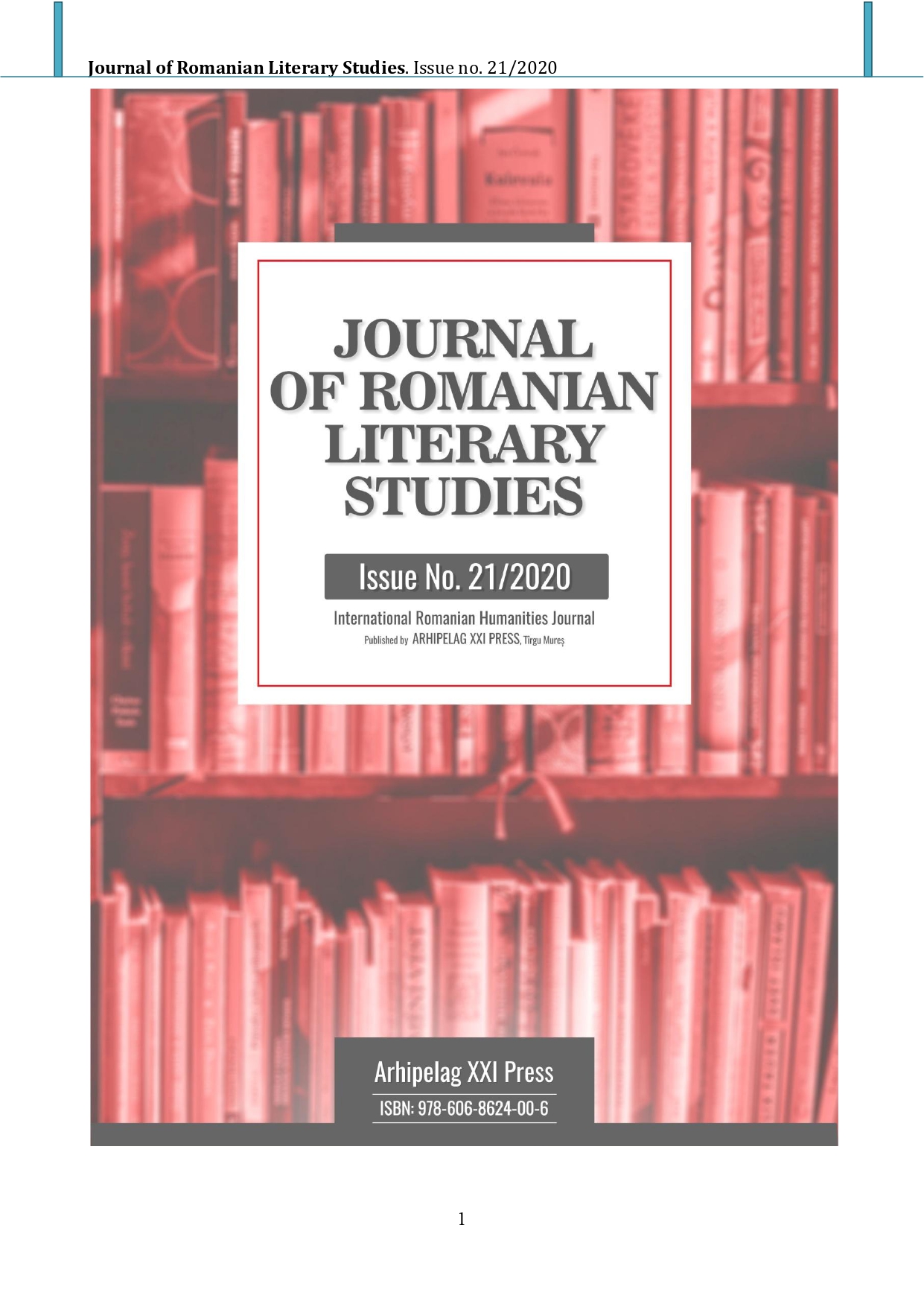APÓDEIXIS/ EPISTÉME: THE LYRICAL AND THE NARATIVE: DIFFERENCES AND COMMON GROUNDS
APÓDEIXIS/ EPISTÉME: THE LYRICAL AND THE NARATIVE: DIFFERENCES AND COMMON GROUNDS
Author(s): Ion Popescu BrădiceniSubject(s): Literary Texts, Studies of Literature, Romanian Literature, Philology, Theory of Literature
Published by: Editura Arhipelag XXI
Keywords: structure; reading; openness; body; adventure; voice; layer;
Summary/Abstract: As both a poet and prose writer, as a theorist of Romanian trans-modernism, I feel most able to say that in current Romanian literature the lyrical discourse is also narrative, and the narrative is also poetic. I could further exemplify through the poetry of Gabriel Chifu and Adrian Alui Gheorghe, both of whom are also remarkable prose writers. I would tend to believe that such a model is specific to the tradition of local modernity. The following were both excellent novella writers and brilliant poets: Mihai Eminescu, Vasile Voiculescu, Mircea Ciobanu, A.E. Baconsky, Petre Stoica, Ştefan Bănulescu, Mihai Ursachi, Gellu Naum and others. And this article argues for the trans-poetic trans genre (narrative lyric or vice versa). It does so by resorting to irrefutable / infallible strengths offered by the philosophy of the imaginary, by structuralism, by the concept of open work (even if it is a masterpiece - m.n., I.P.B.). It thus imposes, demonstratively and functionally, a new regime of writing-as-such, usually (pro) grammatically irresistible. But also, the seven concentric iconospheric layers, placed for the first time in a firm, plausible and systematizing iconographic and iconological figure almost without fissure in the post- / trans-modern (ist) eon.
Journal: Journal of Romanian Literary Studies
- Issue Year: 2020
- Issue No: 21
- Page Range: 60-71
- Page Count: 12
- Language: Romanian

